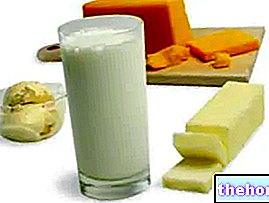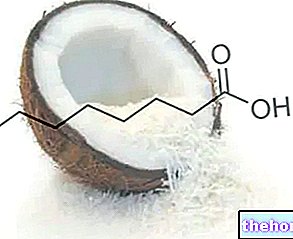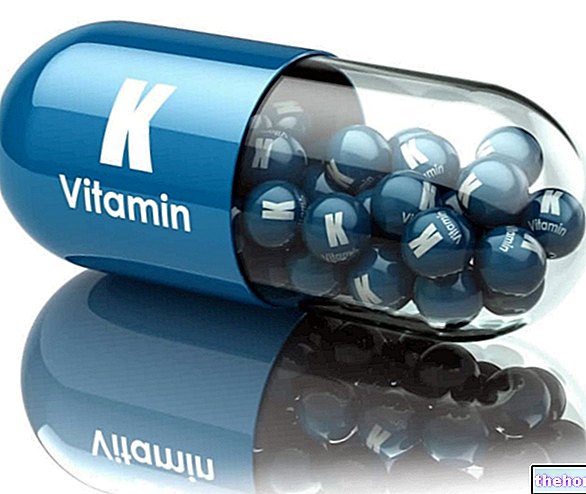Fractionation is a physical process carried out on a fat matter in order to separate its liquid components from the solid ones. Thus two (or more) fractions are obtained, each with its own characteristics.

By subjecting the palm oil to simple fractionation we will therefore obtain:
- a part of stearin (solid), consisting mainly of saturated fatty acids with a higher melting point, 44-50 ° C, used mainly in the cosmetic and food fields (margarines)
- and olein (the liquid part), consisting mainly of monounsaturated fatty acids with a lower melting point, about 10 ° C, used in the gastronomic sector for frying.
On the other hand, through complex fractionation, a first olein will be obtained which, when refractioned, will provide a second stearin very suitable for the production of cocoa butter substitutes.
The fractionation process can take place through the use of detergents or solvents, or more commonly through dry crystallization. Dry fractionation is the simplest and most ancient process; it includes both winterization and squeezing techniques, and is the form most commonly used fractionation method, which - to separate the fractions of an oil - is based on the differences in the melting points and on the solubility of triglycerides.
Winterization: spontaneous process by which a semi-solid oil left in the cold separates into a solid fraction deposited on the bottom and a liquid fraction in the upper part of the container.
Fractionation by industrial dry crystallization
- the fatty substance is heated to a temperature higher than that of the higher melting points (70-75 ° C for palm oil), then it is cooled slowly.
The cooling process is fundamental for the quality of the final product; briefly, the triglyceride crystals that form during cooling can have different characteristics according to the crystallization form, α, β and β ". The α form is obtained from the rapid cooling of the fat, is characterized by the lowest melting point and , by heating it first converts to the β "form and subsequently to the β form. This last form is obtained from an extremely slow cooling of the fat and is the most stable form (see tempering of chocolate).
From the technological point of view, fats where the β "form is prevalent (eg tallow and butter) are more uniform, opaque, whitish, and with a less compact structure than fats with a prevalence of the β form.
- The β "form improves the spreadability characteristics of the fat because it traps large masses of small-diameter air bubbles.
- The β form, on the other hand, is characterized by a grainy, waxy consistency, and incorporates small masses of large-diameter air bubbles (it confers, for example, the characteristics of hardness and fragility to chocolate bars).
To stabilize the crystals in the β "form, palm fat is incorporated (which preferentially crystallizes in this form) or selectively hydrogenated fats, or diglycerides and emulsifiers are added.
- Through slow cooling, a solid cake is obtained consisting of a set of high melting point triglyceride crystals, immersed in the liquid formed by low melting point triglycerides.
- Using filter presses at high pressures, the filtration of the two phases is obtained: the olein is pushed out of the heterogeneous mixture, leaving the solid fraction (stearin).
Health aspects
Fractionation can be considered an alternative and preferable technique to the hydrogenation of vegetable oils in the production of margarines; however, it leads to a higher concentration of saturated fats (an undesirable aspect) and may involve the use of vegetable oils of dubious quality.
Other Foods - Oils and Fats Peanut Butter Cocoa Butter Butter Greaves Wheat Germ Animal Fats Margarine Vegetable Cream Tropical Oils and Fats Frying Oils Vegetable Oils Peanut Oil Borage Oil Rapeseed Oil Krill Oil Poppy Seed Oil Seed Oil Pumpkin Avocado oil Hemp oil Safflower oil Coconut oil Cod liver oil Wheat germ oil Linseed oil Macadamia oil Corn oil Almond oil Hazelnut oil Walnut oil Olive oil Palm oil fish Rapeseed oil Rice oil Pomace oil Seed oil Soybean oil Grapeseed oil Extra virgin olive oil Sesame seeds and sesame oil Lard OTHER ARTICLES OILS AND FATS Categories Food Alcoholics Meat Cereals and derivatives Sweeteners Sweets Offal Fruit Dried fruit Milk and Derivatives Legumes Oils and Fats Fish and fishery products Salami Spices Vegetables Health recipes Appetizers Bread, Pizza and Brioche First courses Seconds pi acts Vegetables and Salads Sweets and Desserts Ice creams and sorbets Syrups, liqueurs and grappa Basic Preparations ---- In the Kitchen with leftovers Carnival recipes Christmas recipes Light diet recipes for Celiacs Recipes for Diabetics Recipes for Holidays Recipes for Valentine's Day Recipes for Vegetarians Protein Recipes Regional Recipes Vegan Recipes




























